Home>Gardening & Outdoor>Landscaping Ideas>When To Put Grass Fertilizer
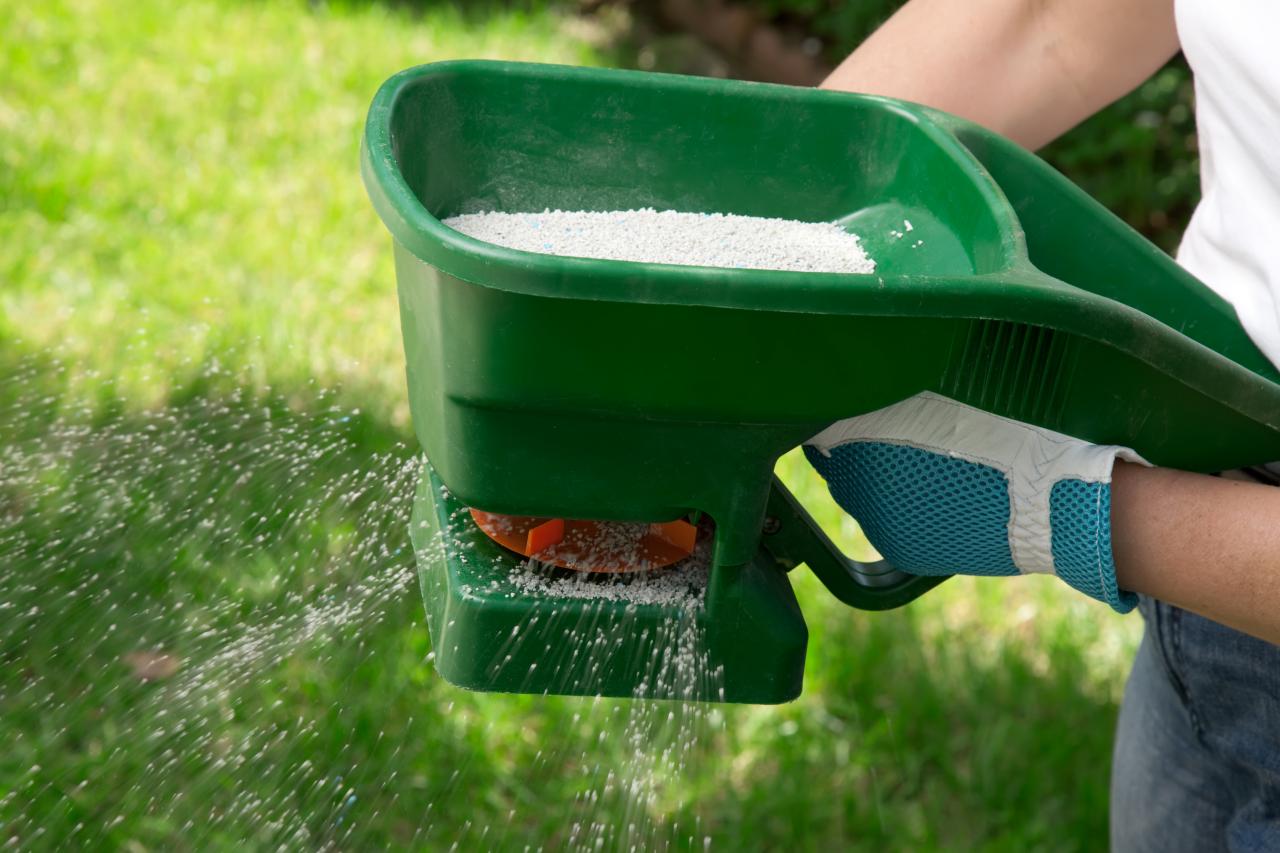

Landscaping Ideas
When To Put Grass Fertilizer
Modified: March 27, 2024
Discover the best timing for applying grass fertilizer to achieve a lush, healthy lawn with our expert landscaping ideas. Learn when to put grass fertilizer for optimal results.
(Many of the links in this article redirect to a specific reviewed product. Your purchase of these products through affiliate links helps to generate commission for Storables.com, at no extra cost. Learn more)
Introduction
Landscaping enthusiasts and homeowners alike understand the pivotal role that a lush, green lawn plays in enhancing the overall appeal of a property. Achieving and maintaining a healthy, vibrant lawn involves various key practices, with grass fertilization standing out as a crucial element. Understanding the optimal timing for applying grass fertilizer is essential for ensuring the health and vitality of your lawn throughout the year.
By comprehending the nuances of grass fertilization, including the best timing and the signs that indicate your grass is in need of a nutrient boost, you can effectively nurture a verdant and resilient lawn. This comprehensive guide will delve into the intricacies of grass fertilization, equipping you with the knowledge to make informed decisions and achieve a stunning, thriving lawn. Whether you are a seasoned lawn care aficionado or a novice homeowner looking to elevate your landscaping game, this article will provide valuable insights into the optimal timing for applying grass fertilizer.
Key Takeaways:
- Timing is crucial for grass fertilizer application, with spring, early summer, late summer to early fall, and early fall being the best times. Understanding signs of nutrient deficiency empowers proactive lawn care.
- Grass type, climate, soil conditions, and maintenance practices influence the timing of grass fertilizer application. Recognizing signs of nutrient deficiency, such as pale color and slow growth, allows for targeted and effective lawn care.
Read more: When To Put Down Grass Fertilizer
Understanding Grass Fertilization
Grass fertilization is a fundamental aspect of lawn care that involves providing essential nutrients to the soil to promote the healthy growth of grass. The primary nutrients required for robust grass growth are nitrogen, phosphorus, and potassium, often represented as N-P-K on fertilizer labels. These nutrients play distinct roles in supporting various aspects of grass health, with nitrogen facilitating lush, green foliage, phosphorus contributing to strong root development, and potassium aiding in disease resistance and overall resilience.
When selecting a grass fertilizer, it is crucial to consider the specific needs of your lawn. Different grass species and soil types may require varying nutrient compositions, and a soil test can provide valuable insights into the existing nutrient levels and pH balance. Armed with this information, you can choose a fertilizer that aligns with your lawn’s requirements, ensuring targeted and effective nourishment.
Another critical factor to consider is the formulation of the fertilizer, which can be granular or liquid. Granular fertilizers are applied using a spreader and release nutrients gradually, providing long-lasting nourishment. On the other hand, liquid fertilizers offer rapid absorption and are often used for quick, targeted treatments. Understanding the characteristics of each formulation empowers you to make informed decisions based on your lawn’s specific needs and the desired application method.
Furthermore, the timing of grass fertilization is pivotal, as it directly influences the effectiveness of the nutrients and the overall health of the lawn. By comprehending the intricate interplay between nutrient uptake, seasonal growth patterns, and environmental factors, you can optimize the timing of fertilizer applications to maximize their impact on grass health.
Factors to Consider
When determining the optimal timing for applying grass fertilizer, several key factors come into play, each influencing the effectiveness of the nourishment provided to the lawn. By considering these factors, you can tailor your fertilization schedule to align with the specific needs of your grass, ultimately fostering a resilient and vibrant lawn.
- Grass Type: Different grass species exhibit varying growth patterns and nutrient requirements. Warm-season grasses, such as Bermuda and Zoysia, thrive during the summer months and benefit from fertilization in late spring to early summer. In contrast, cool-season grasses, including Kentucky bluegrass and fescue, experience peak growth in the spring and fall, making these seasons ideal for fertilizer application.
- Climate and Seasonal Variations: The climate in your region plays a significant role in determining the best times to apply grass fertilizer. Understanding the seasonal variations, such as temperature fluctuations and precipitation patterns, enables you to synchronize fertilizer applications with periods of optimal grass growth and nutrient uptake.
- Soil Conditions: Assessing the soil composition and pH levels is essential for informed fertilization decisions. Conducting a soil test helps identify any nutrient deficiencies or imbalances, allowing you to select a fertilizer that addresses the specific needs of your lawn. Additionally, aerating compacted soil can enhance nutrient absorption, maximizing the impact of fertilizer applications.
- Environmental Factors: External factors, such as excessive heat, drought, or heavy rainfall, can affect the efficacy of grass fertilization. Avoiding fertilizer applications during extreme weather conditions helps prevent nutrient runoff and ensures that the grass can efficiently utilize the nourishment provided.
- Maintenance Practices: Incorporating regular mowing, proper watering, and adequate lawn care practices into your lawn maintenance routine complements the effects of grass fertilization. By promoting overall lawn health, these practices create an optimal environment for the grass to thrive following fertilizer applications.
By carefully considering these factors and tailoring your approach to grass fertilization based on the unique characteristics of your lawn, you can optimize the impact of fertilizer applications and nurture a resilient, verdant expanse of grass.
It is best to put grass fertilizer in the early spring or early fall. This will help promote healthy growth and a lush, green lawn. Avoid fertilizing during the hot summer months to prevent burning the grass.
Best Times to Apply Grass Fertilizer
Timing plays a pivotal role in determining the effectiveness of grass fertilizer applications, as it directly impacts the grass’s ability to absorb and utilize essential nutrients. By aligning fertilizer treatments with the natural growth cycles of the grass and considering seasonal variations, you can optimize the timing for applying grass fertilizer, promoting robust and vibrant lawn growth.
Spring: The arrival of spring heralds the awakening of dormant lawns and marks an opportune time to apply grass fertilizer. As the grass emerges from winter dormancy and embarks on a phase of active growth, a well-timed fertilizer application provides the necessary nutrients to fuel lush foliage and strong root development. For cool-season grasses, early spring fertilization supports vigorous growth, while warm-season grasses benefit from fertilizer applications later in the season as temperatures rise.
Early Summer: Transitioning from spring to early summer presents another favorable window for grass fertilization. By this time, the grass has undergone significant growth and can benefit from a nutrient boost to sustain its vitality during the upcoming summer months. For warm-season grasses, early summer fertilization aligns with their peak growth period, fostering resilience in the face of rising temperatures and increased stress. Cool-season grasses also benefit from a mid-season fertilizer application to maintain their vigor.
Late Summer to Early Fall: As the summer heat begins to wane and the transition to fall approaches, grass fertilizer applications become valuable once again. This period presents an opportunity to replenish essential nutrients, fortifying the grass for the cooler months ahead. For cool-season grasses, late summer to early fall fertilization supports recovery from summer stress and prepares the lawn for robust growth in the fall. Warm-season grasses can also benefit from a late-season fertilizer treatment to bolster their resilience before entering dormancy.
Early Fall: The early fall season offers an ideal window for grass fertilization, particularly for cool-season grasses. As temperatures moderate and moisture levels become more consistent, applying fertilizer during this period promotes vigorous root development and prepares the grass for winter dormancy. The nutrients absorbed during early fall fertilization contribute to a healthy and resilient lawn, setting the stage for lush regrowth in the following spring.
By capitalizing on these optimal timeframes for grass fertilizer applications, you can harness the natural growth patterns of the grass and provide targeted nourishment, fostering a lush, resilient lawn that thrives throughout the changing seasons.
Signs That Your Grass Needs Fertilizer
Recognizing the signs that indicate your grass is in need of a nutrient boost empowers you to address potential deficiencies and proactively support the health and vitality of your lawn. By observing the following indicators, you can identify when it may be time to apply grass fertilizer, ensuring that your lawn receives the essential nourishment it requires to flourish.
- Pale or Yellowing Color: If your grass exhibits a lackluster, pale, or yellowish hue, it may be signaling a nitrogen deficiency. Nitrogen is integral to the vibrant green color of grass foliage, and a visible decline in coloration indicates the need for nitrogen-rich fertilizer to revitalize the grass’s appearance.
- Slow Growth and Thinning: Stunted or slow growth, along with patchy or thinning areas in the lawn, can signify inadequate nutrient levels. A balanced fertilizer application can stimulate robust growth and promote a denser, healthier lawn, addressing these visible signs of nutrient deficiency.
- Increased Weed Infestation: A proliferation of weeds within the lawn can indicate underlying nutrient deficiencies that compromise the grass’s ability to outcompete invasive plants. Fertilizing the grass helps bolster its strength and resilience, reducing the prevalence of weeds and fostering a more robust turf.
- Compacted Soil and Poor Drainage: Soil compaction and drainage issues hinder the absorption of essential nutrients by the grass’s root system, leading to nutrient deficiencies. Aerating the soil and supplementing it with a well-balanced fertilizer promotes improved nutrient uptake and overall lawn health.
- Recovery from Stress: Following periods of environmental stress, such as extreme heat, drought, or heavy foot traffic, the grass may require additional nourishment to recover and regain its vitality. Applying fertilizer after stressful conditions supports the grass’s resilience and aids in its rejuvenation.
By remaining attentive to these signs and promptly addressing any indications of nutrient deficiencies, you can intervene effectively with targeted fertilizer applications, rejuvenating your lawn and fostering a verdant, resilient expanse of grass.
Read more: When To Put Fertilizer On Lawn
Conclusion
Grass fertilization stands as a cornerstone of effective lawn care, playing a pivotal role in nurturing vibrant, resilient turf that enhances the beauty of outdoor spaces. By understanding the nuances of grass fertilization, including the essential nutrients, optimal timing, and signs of nutrient deficiency, homeowners and landscaping enthusiasts can cultivate healthy, thriving lawns that endure the changing seasons with grace.
By considering the unique factors that influence grass growth, such as grass type, climate, soil conditions, and maintenance practices, individuals can tailor their approach to grass fertilization, ensuring that their lawn receives targeted nourishment aligned with its specific needs. The best times to apply grass fertilizer, spanning from spring to early fall, coincide with the natural growth cycles of the grass, maximizing the impact of nutrient uptake and fostering robust, lush foliage.
Recognizing the signs that indicate a need for grass fertilizer empowers individuals to proactively address potential nutrient deficiencies, promoting the overall health and resilience of their lawns. Whether it’s rejuvenating lackluster coloration, stimulating growth, or fortifying the grass against environmental stressors, targeted fertilizer applications can revitalize the lawn and instill a renewed vitality.
Ultimately, the art of grass fertilization intertwines scientific understanding with attentive observation, allowing individuals to nurture their lawns with precision and care. By harnessing the insights shared in this guide, homeowners and landscaping enthusiasts can embark on a journey toward cultivating vibrant, lush lawns that serve as captivating outdoor sanctuaries throughout the seasons.
Armed with a deeper understanding of grass fertilization and the optimal timing for its application, individuals can embark on a journey toward cultivating vibrant, resilient lawns that serve as captivating outdoor sanctuaries throughout the changing seasons.
Frequently Asked Questions about When To Put Grass Fertilizer
Was this page helpful?
At Storables.com, we guarantee accurate and reliable information. Our content, validated by Expert Board Contributors, is crafted following stringent Editorial Policies. We're committed to providing you with well-researched, expert-backed insights for all your informational needs.
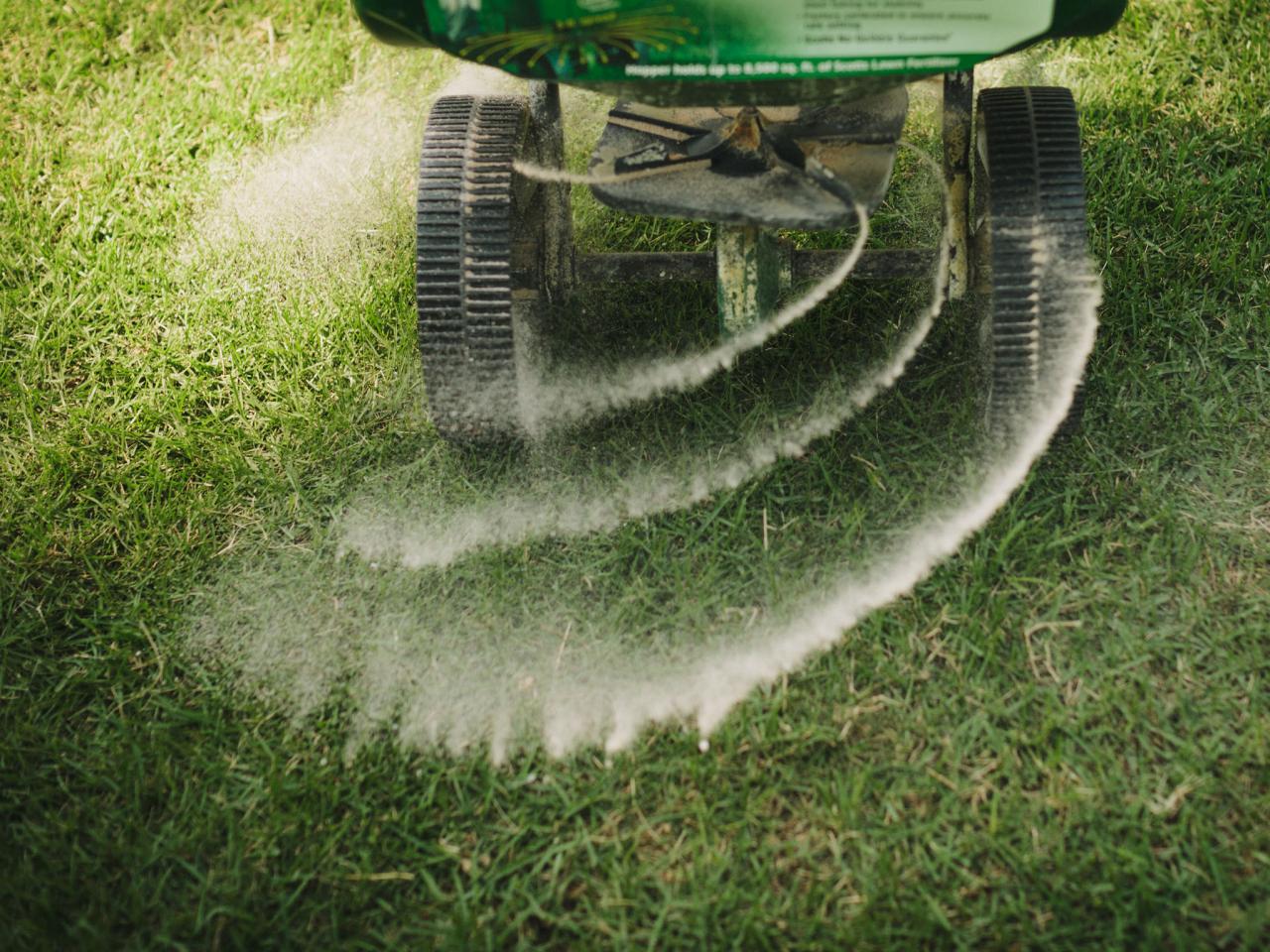
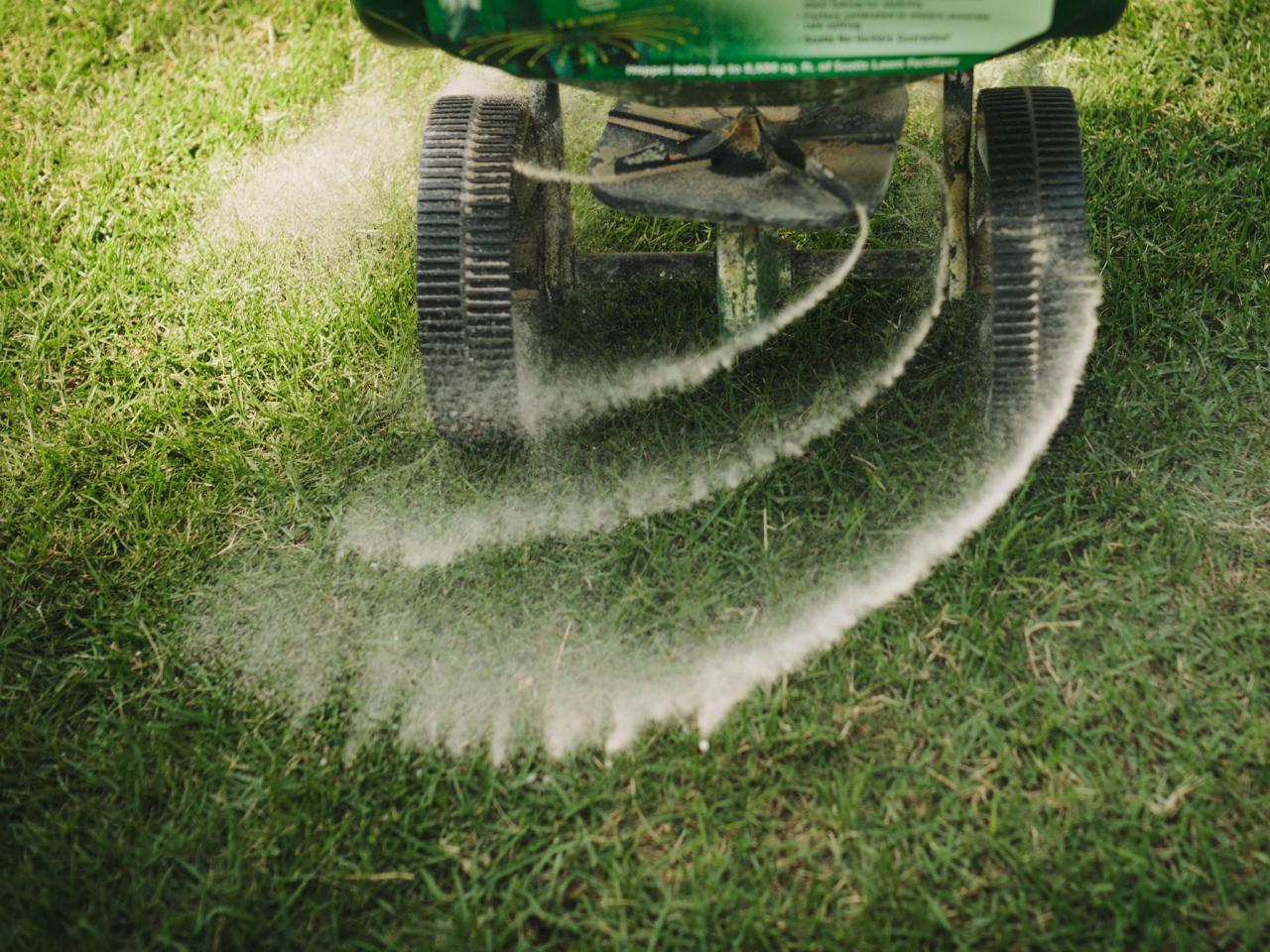
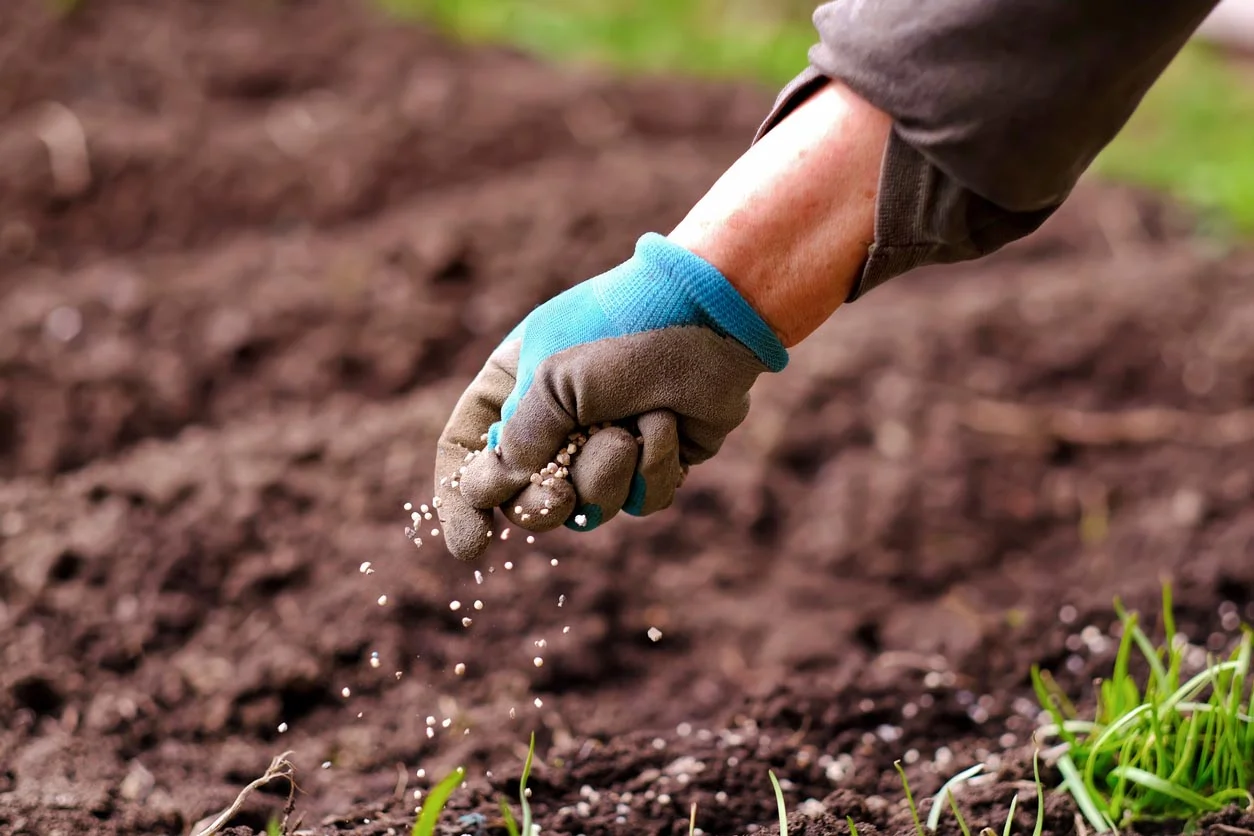
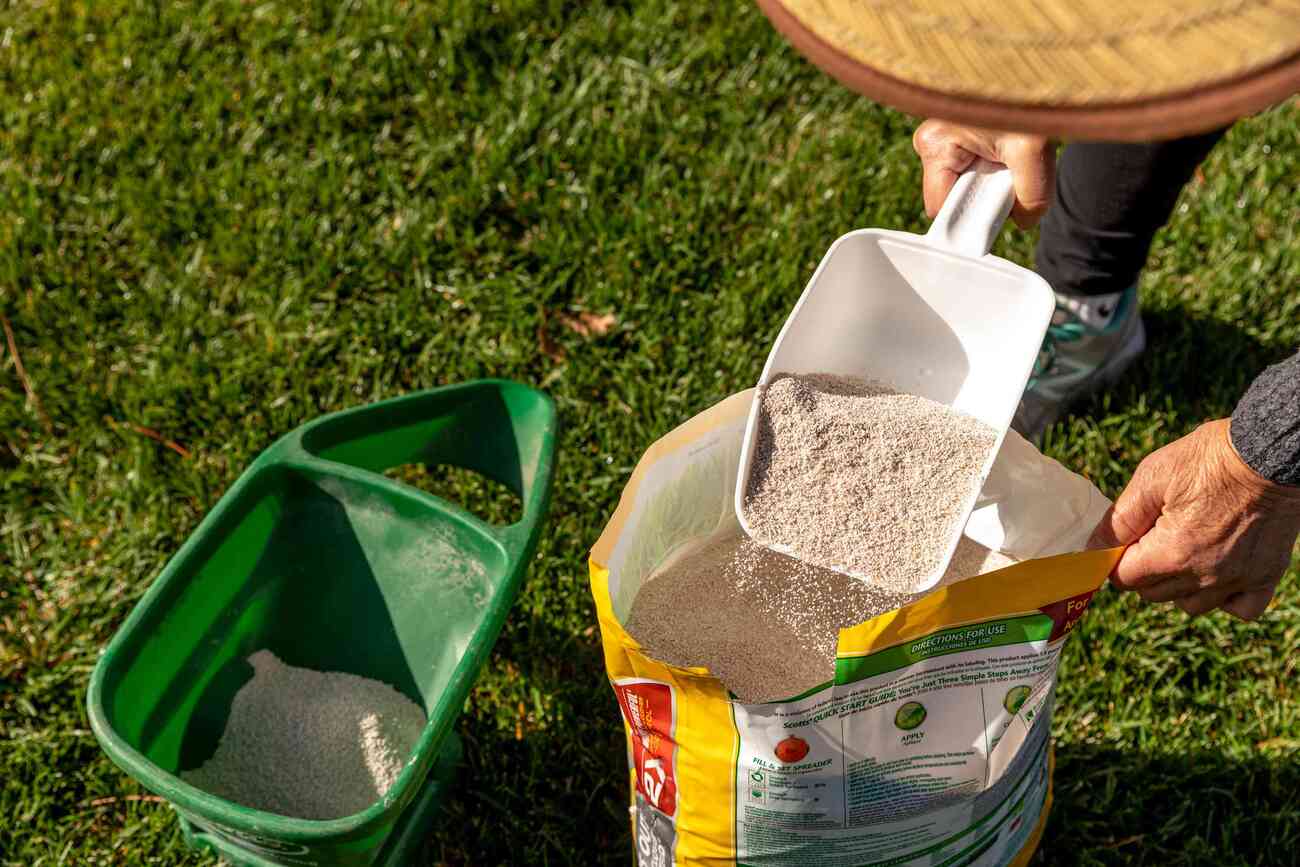
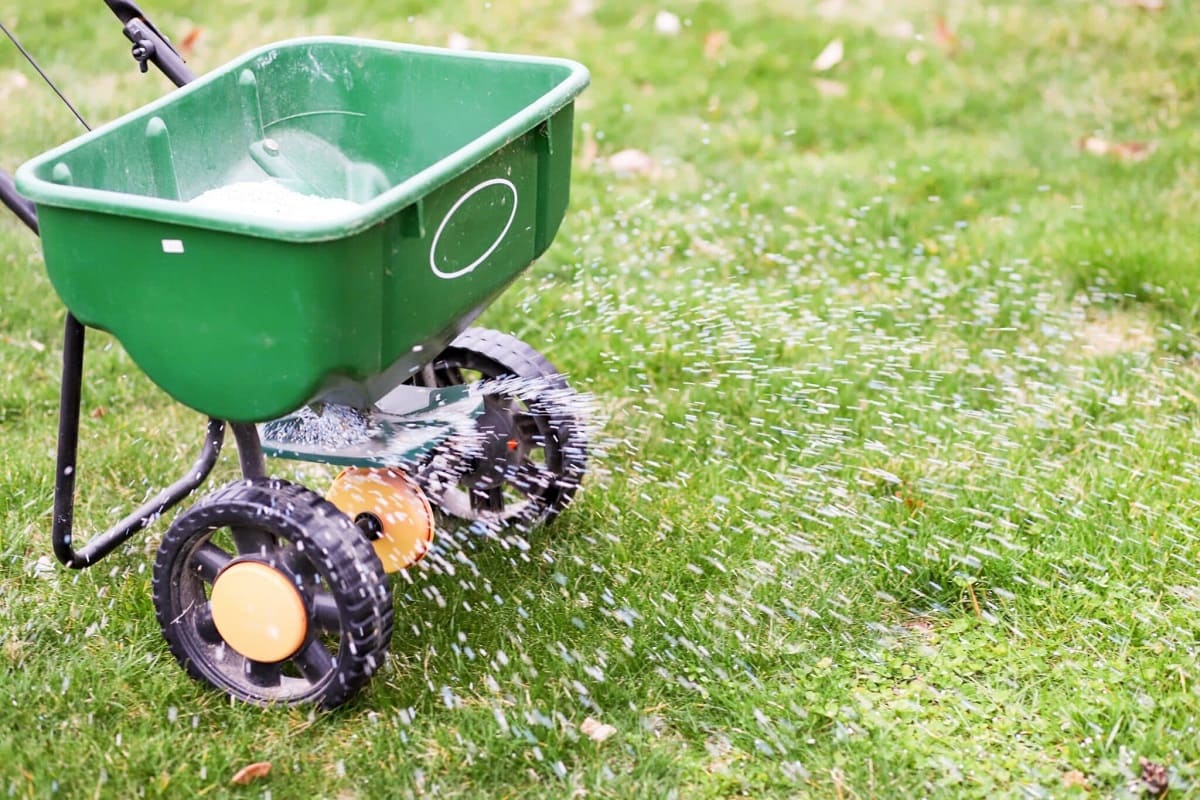
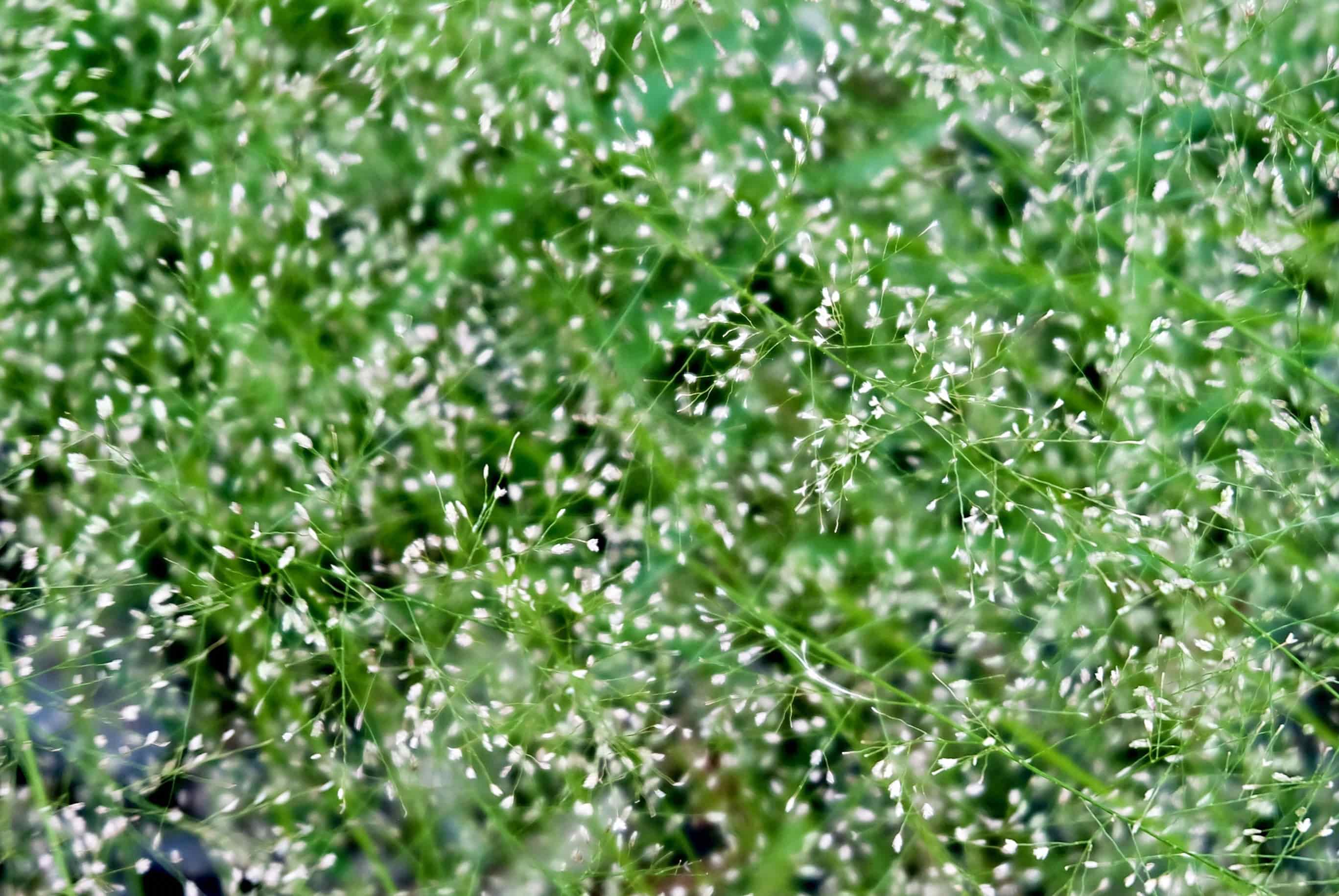
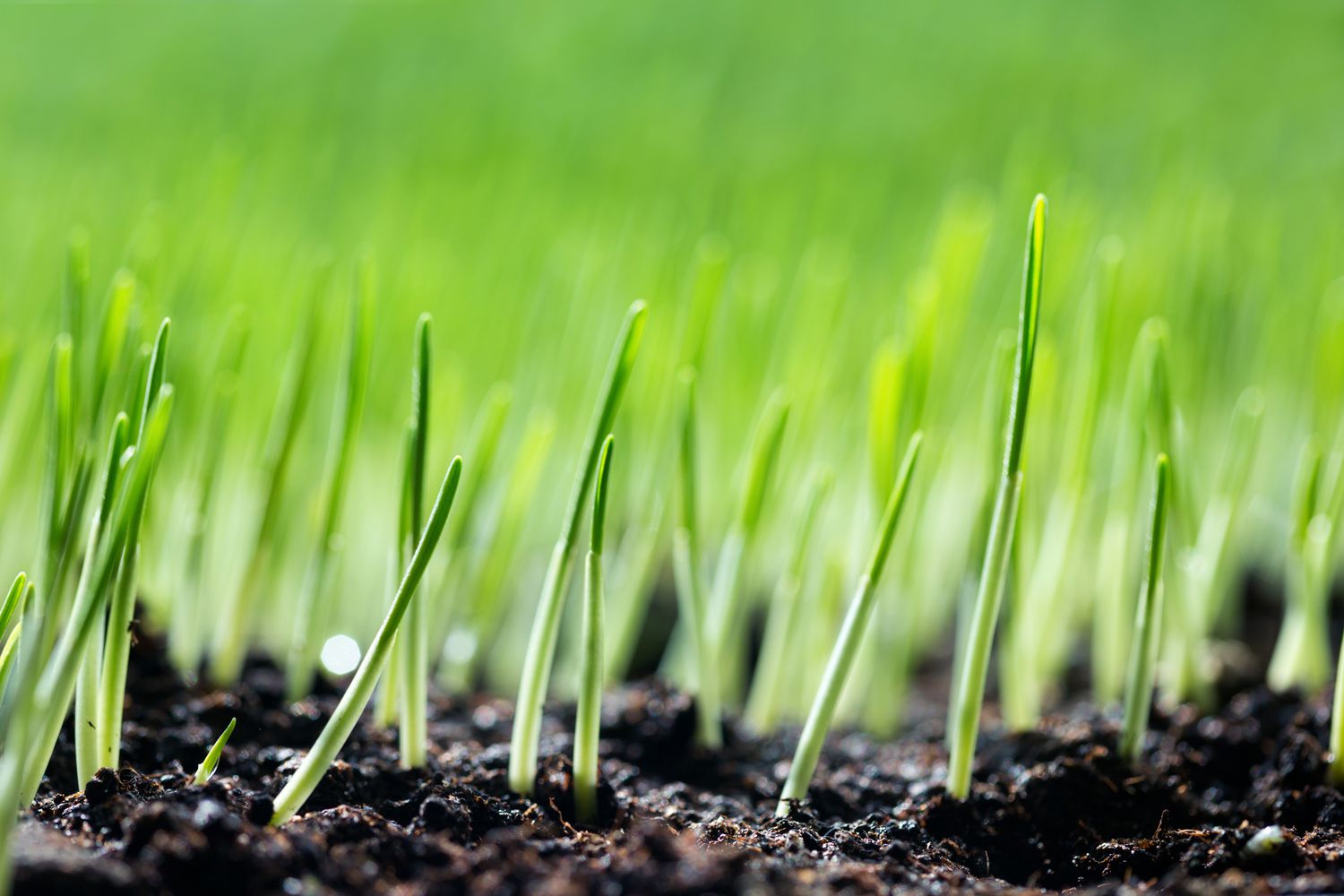
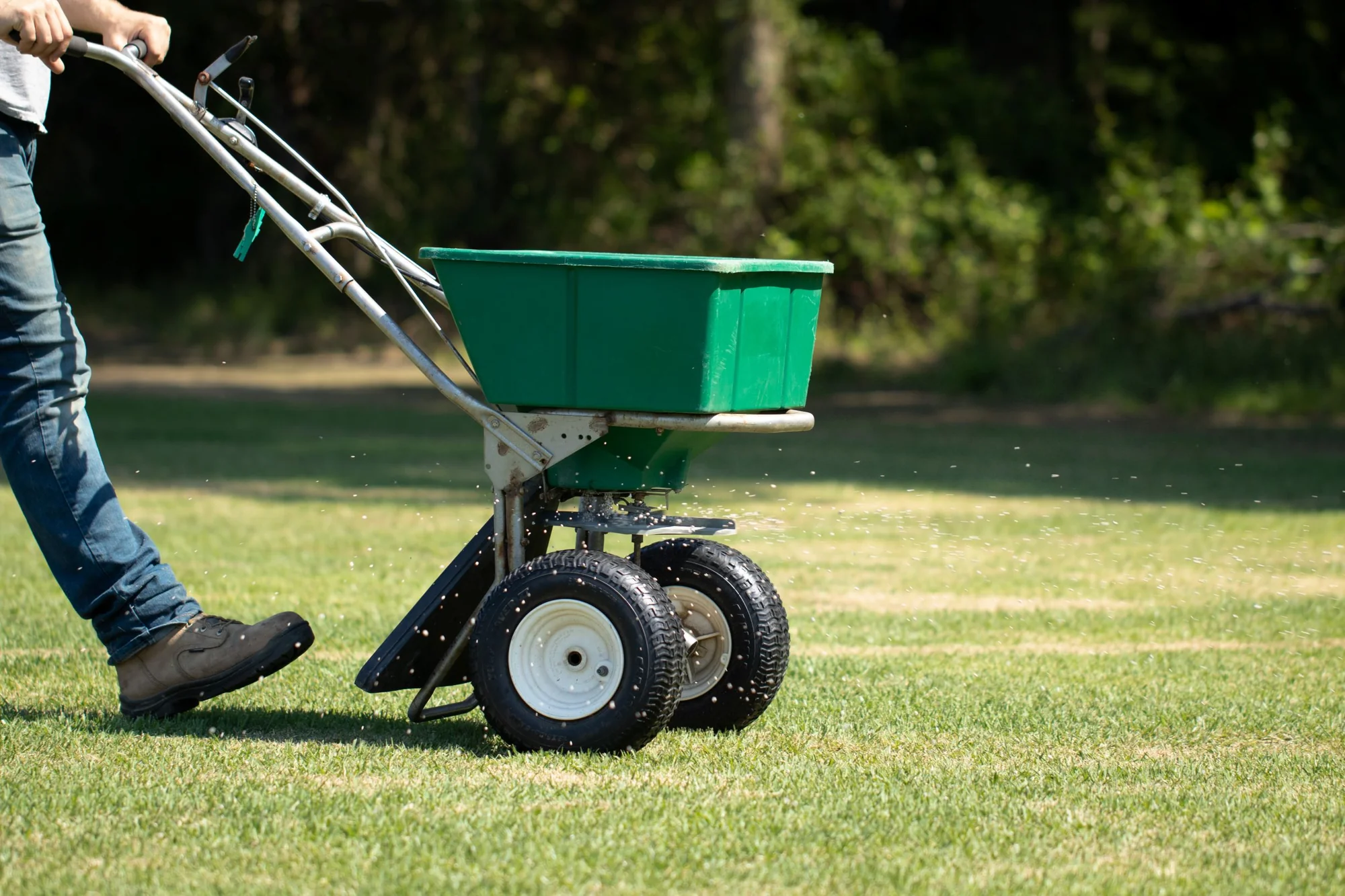
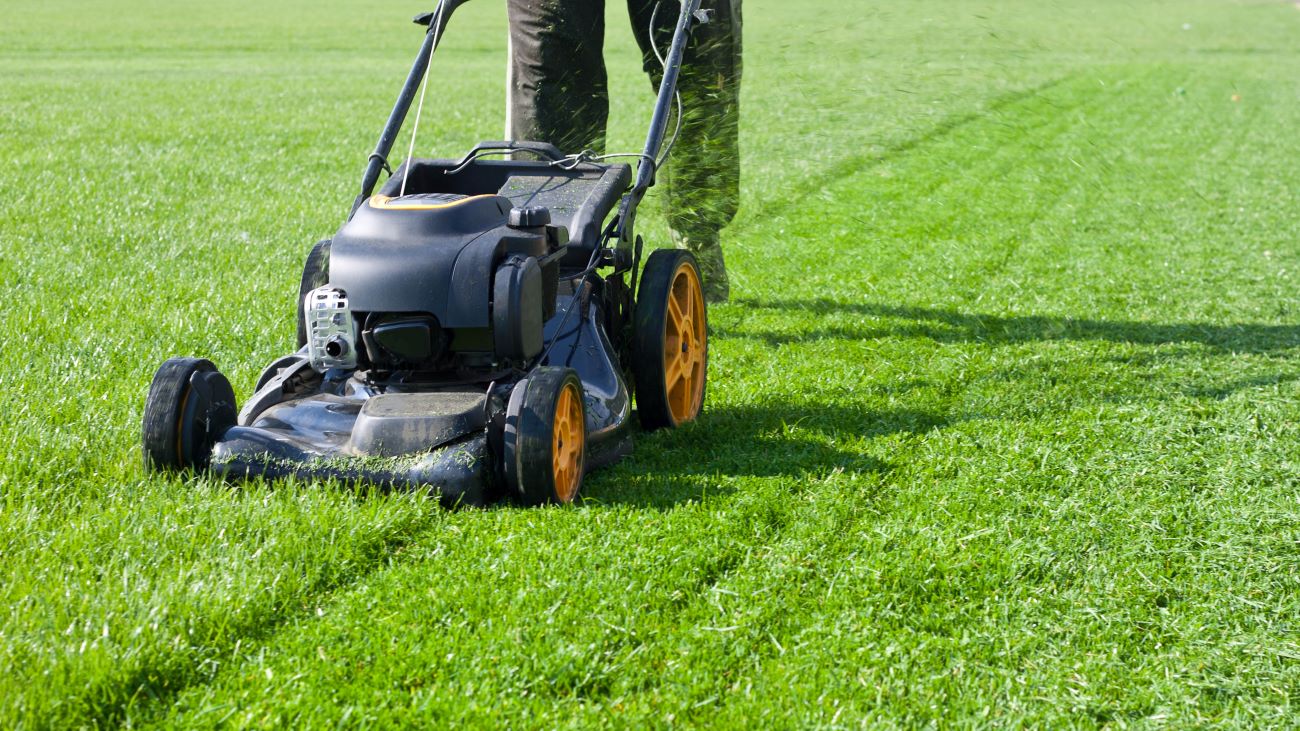
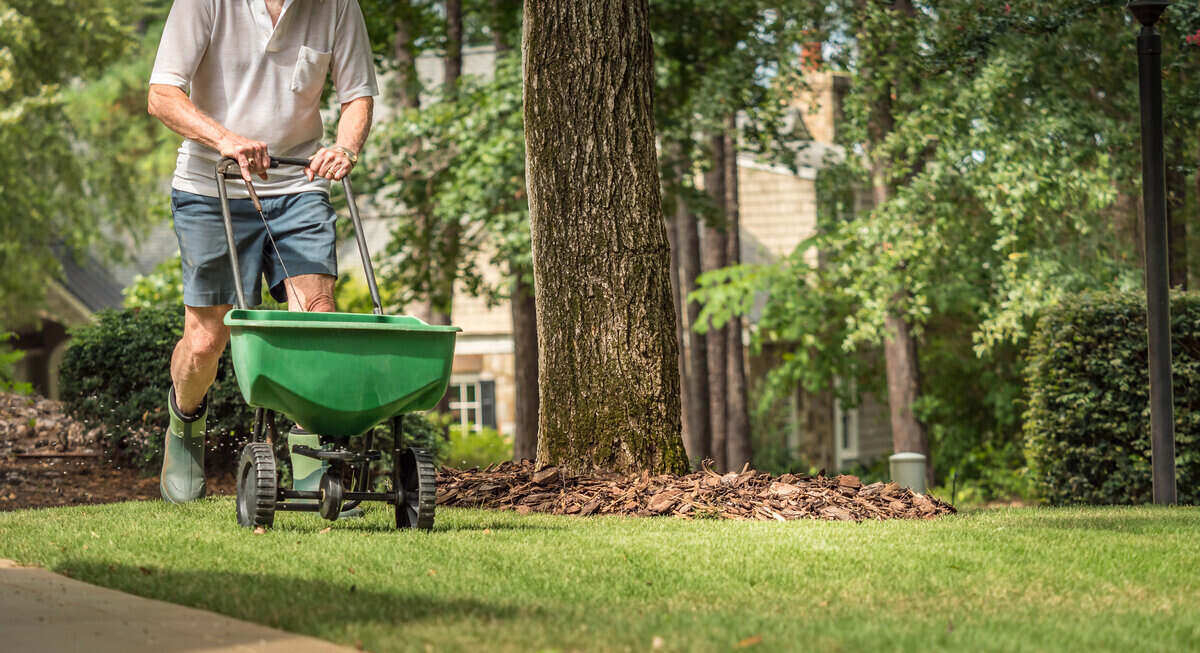
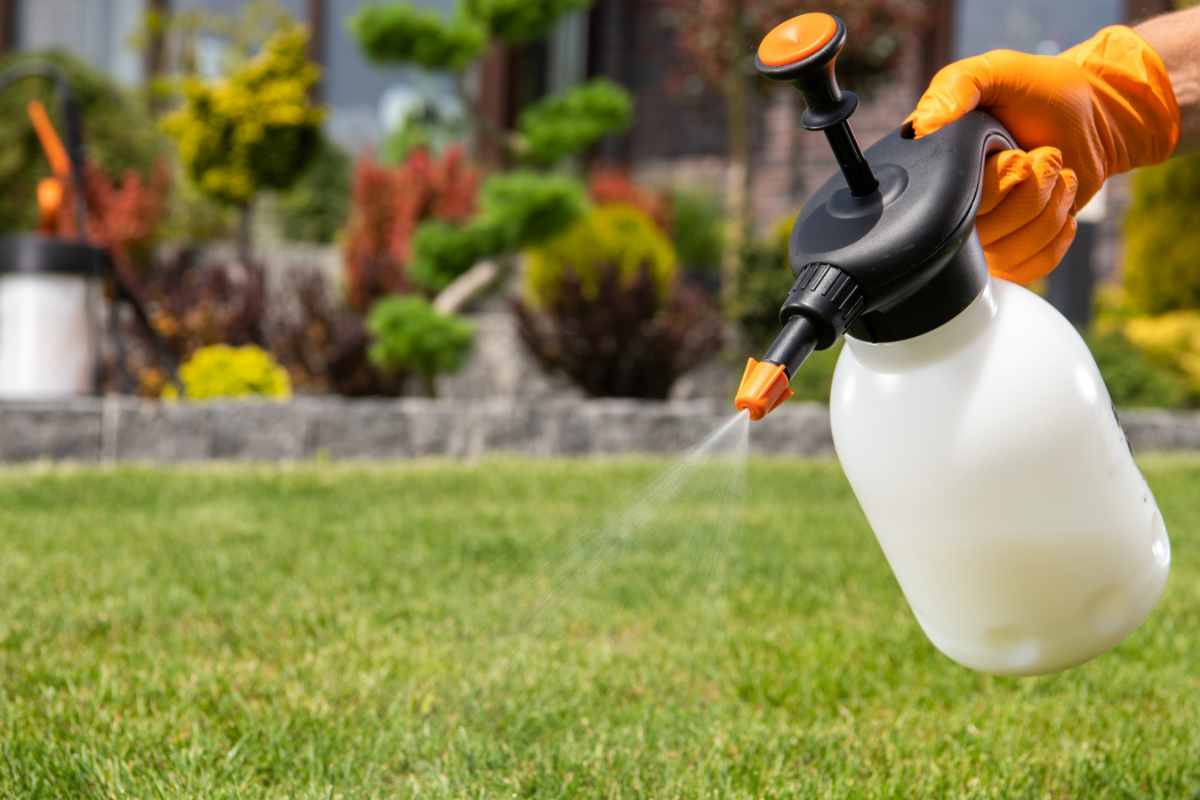
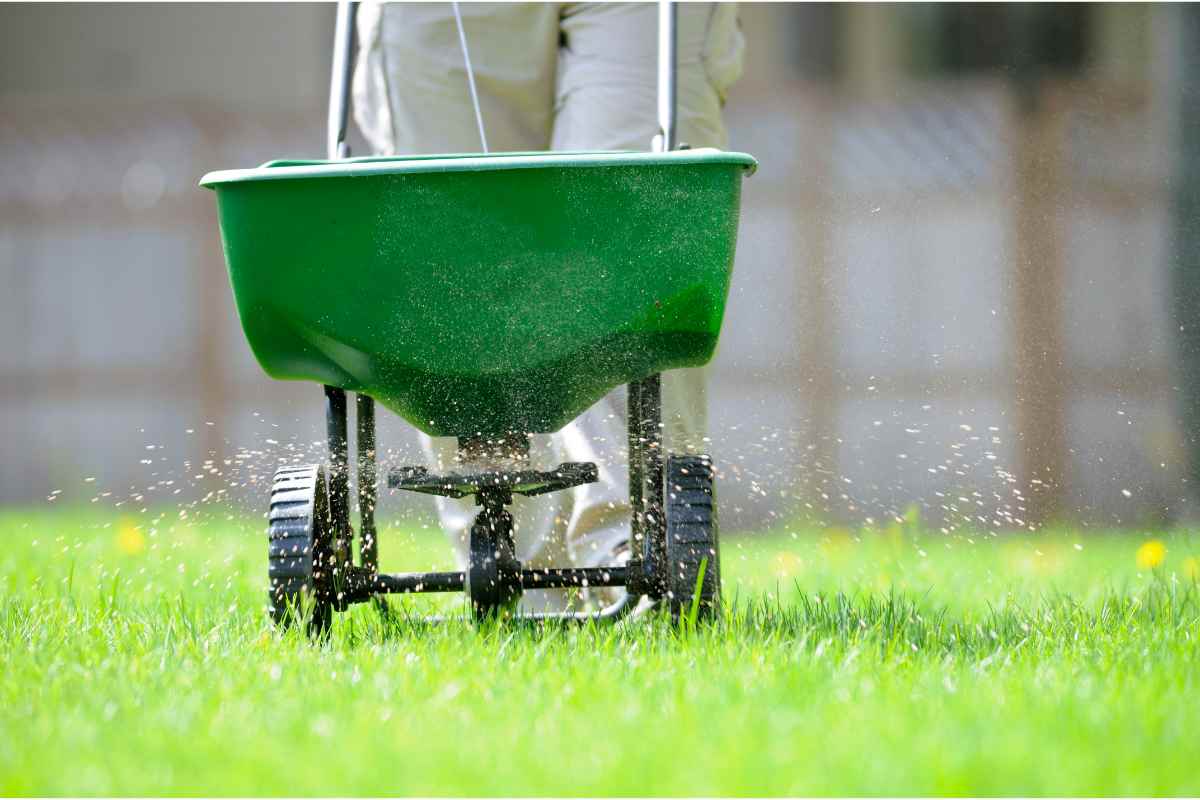
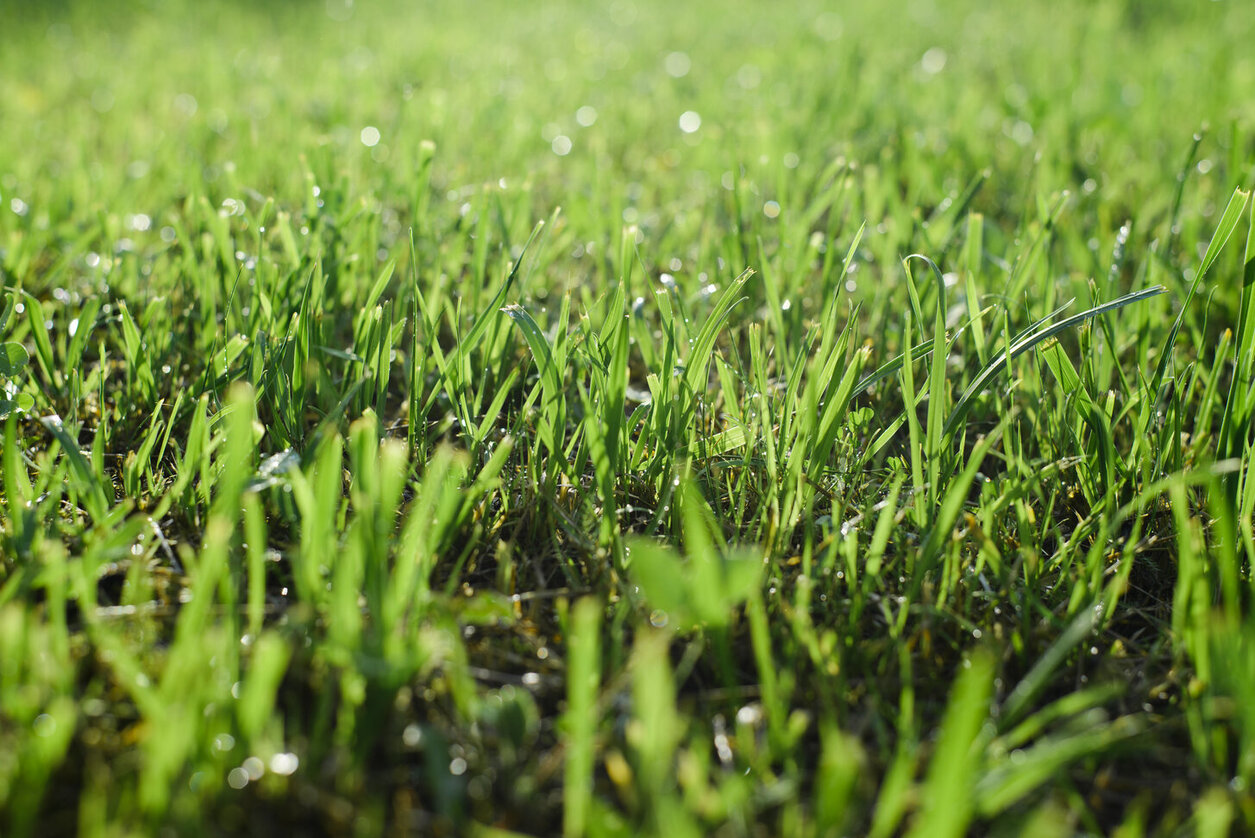
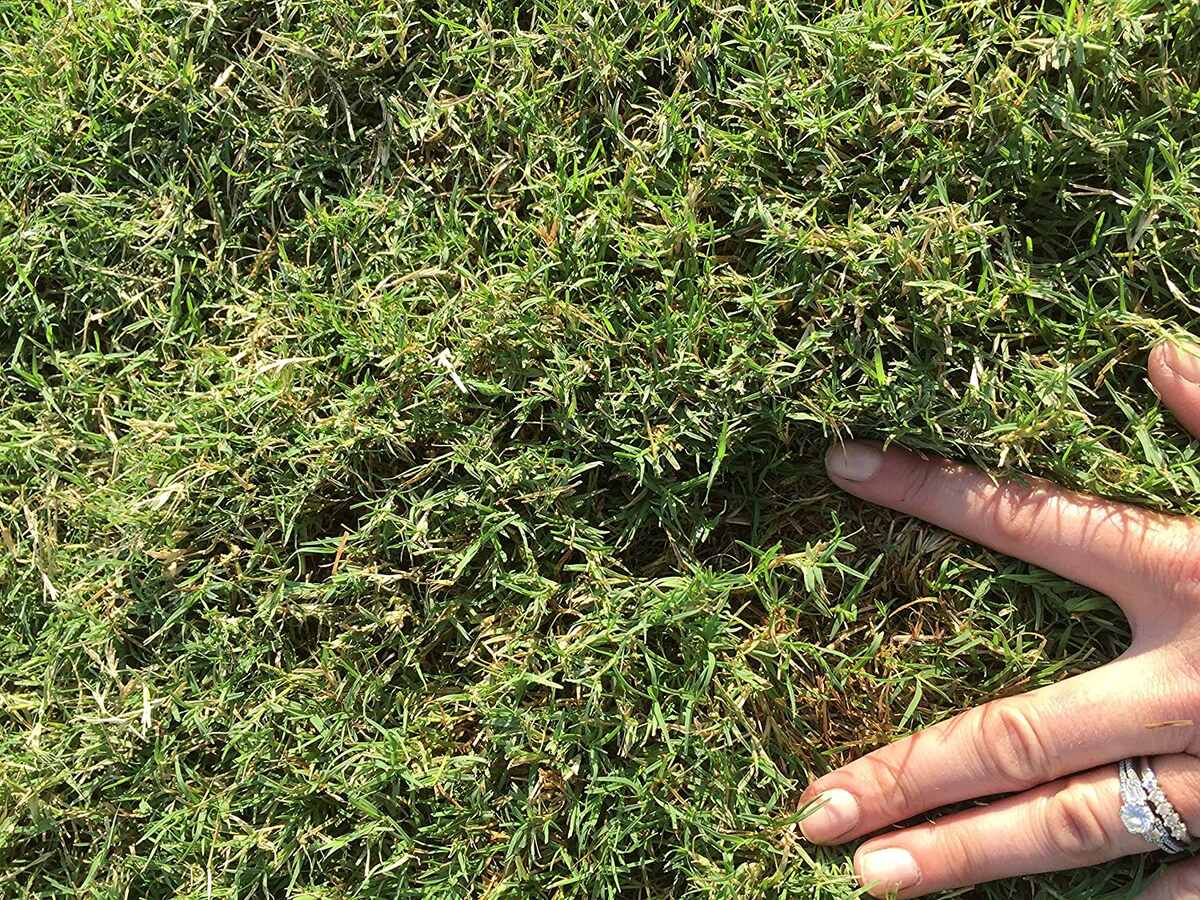

0 thoughts on “When To Put Grass Fertilizer”